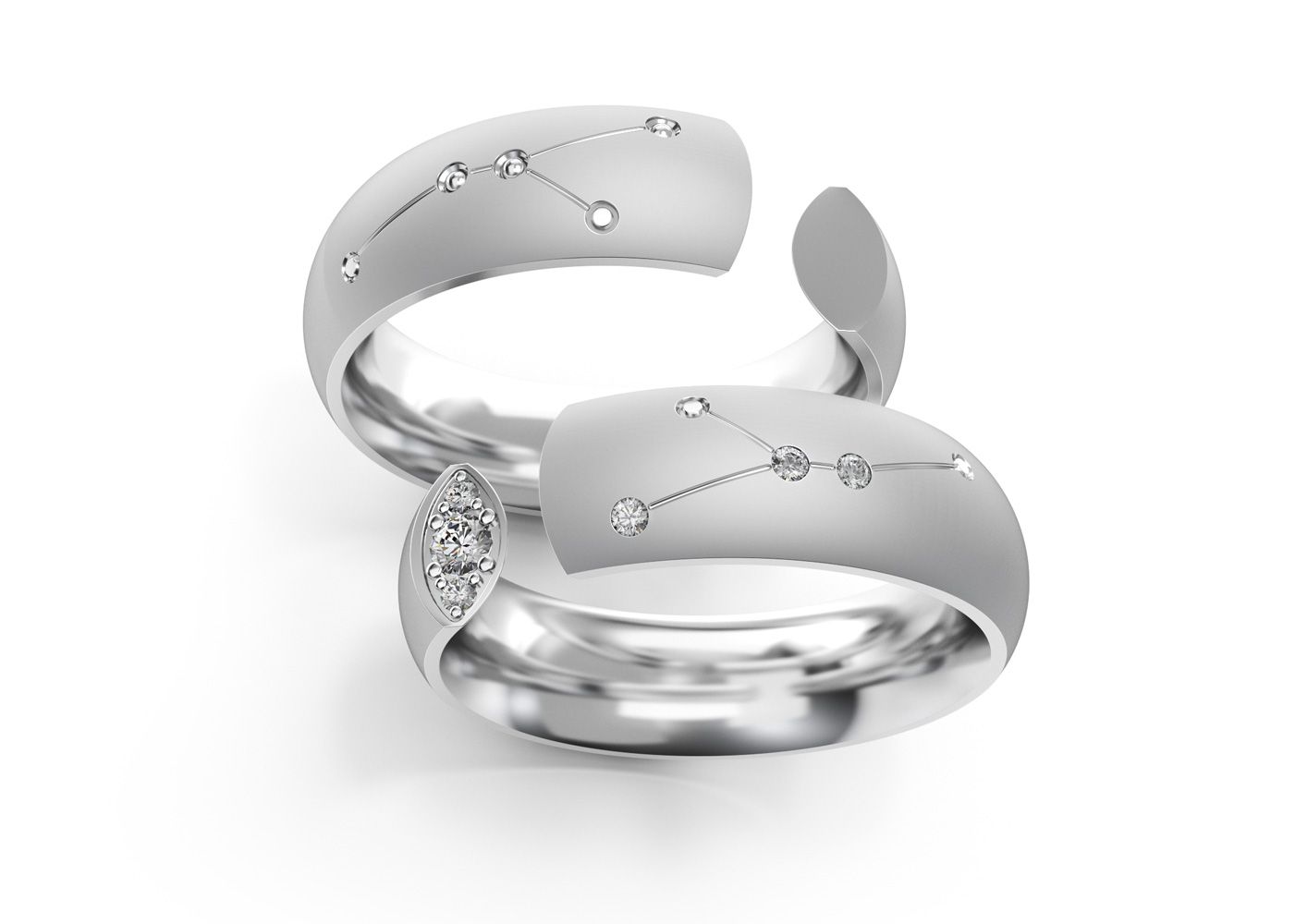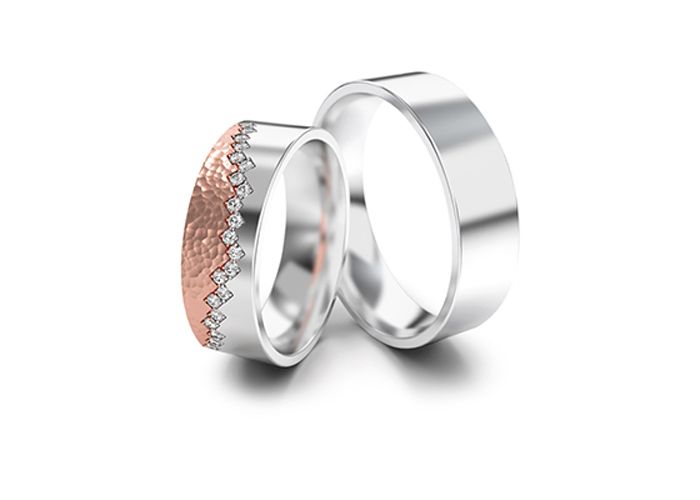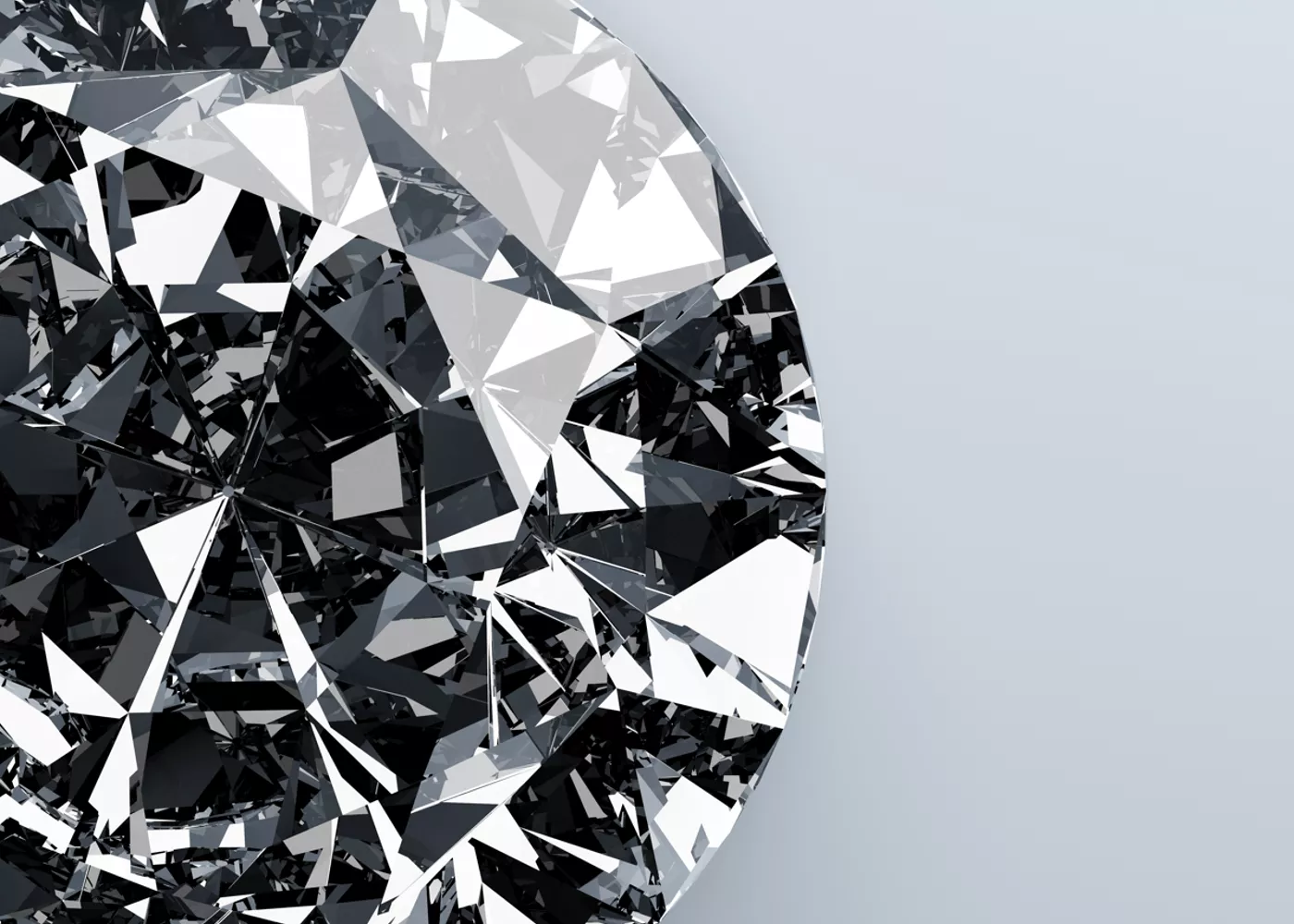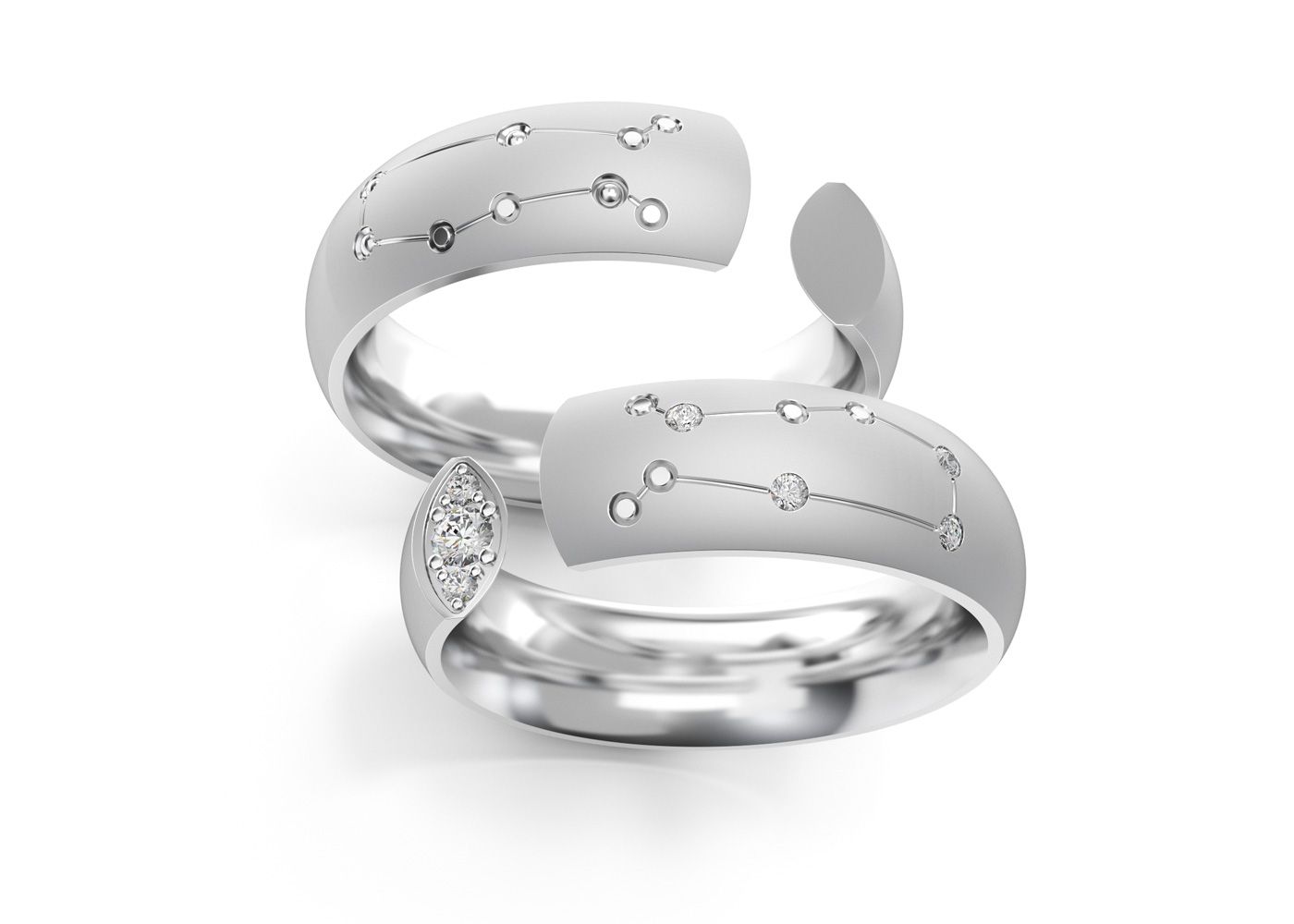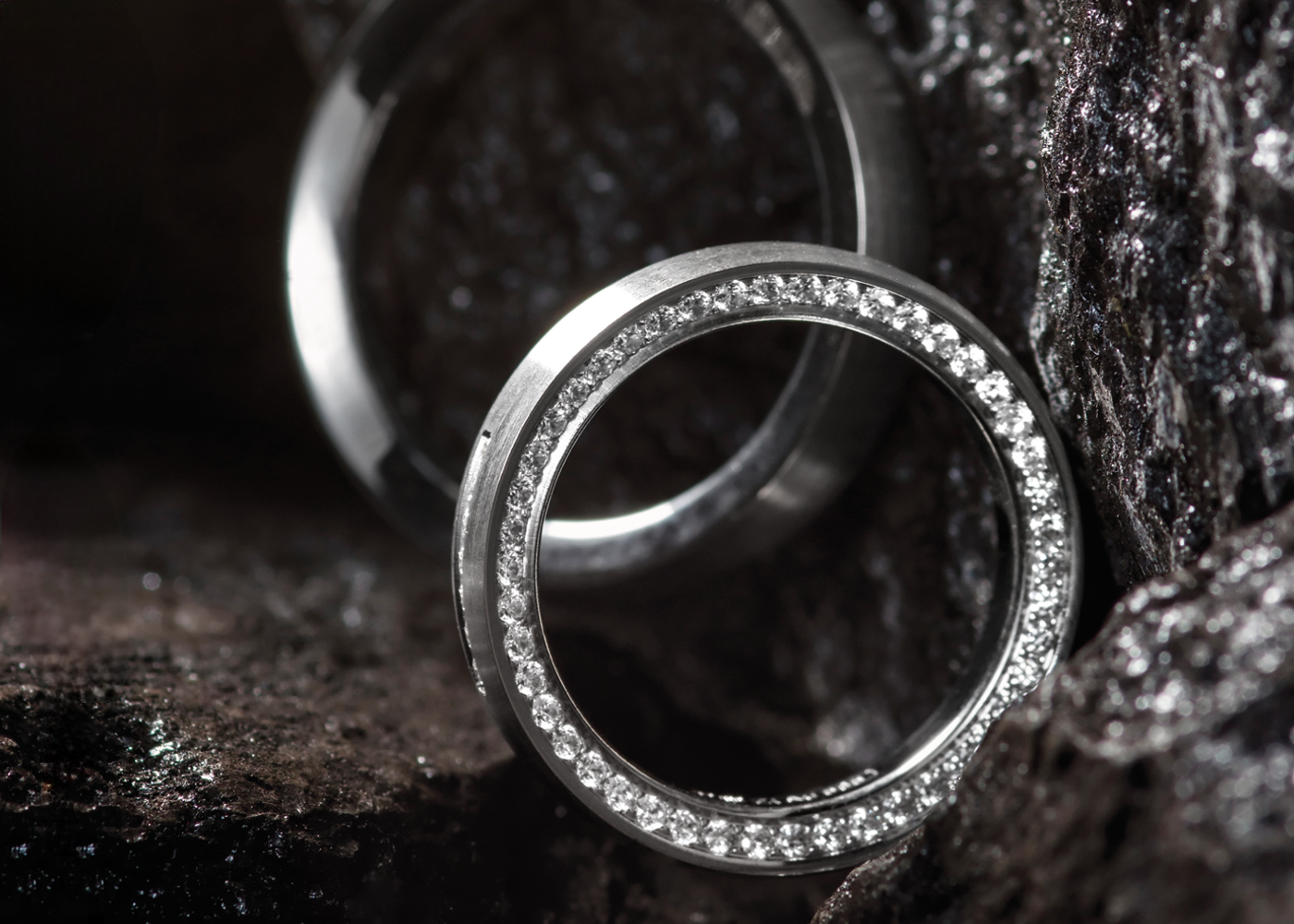Zodiac Collection: Cancer in Love
- Long Description (for category page): Dive into the empathetic and family-oriented Cancer zodiac sign, examining their core traits, aesthetic preferences, and compatibility dynamics in romantic relationships.
Crabs have their armored shells and powerful claws to protect them. Similarly, those with their Sun sign in Cancer are driven by a need for safety and security. They care deeply about their families and pride themselves on being protective, nurturing providers. At the same time, this sign has a reputation for, well, crabbiness, going all watery at the slightest misfortune, dwelling at the bottom of a sea of self-pity. In truth, Cancer tends to be sensitive and feels emotions, both positive and negative, deeply.
Element: Water
Water flows wherever gravity takes it. If it meets an obstacle, it will simply flow around it. Water doesn’t have any shape of its own; it takes the shape of its container. Water signs are intuitive and adaptable, emotional and creative, living a vibes-based life. In Cancer, their element usually manifests in a nurturing, familial orientation.
Ruling Planet: The Moon
Wait, the Moon is a planet? Listen, our understanding of a “planet” was a little different back when ancient astrologers were tracking the movements of the stars and heavenly bodies. The stars seemed fixed in place against the background of the sky, but the planets were things that moved through the sky: the heavenly bodies visible to the naked eye at night (Mercury, Venus, Mars, Jupiter, Saturn) plus the Sun and the Moon.
In astrology as in art and literature, the Moon represents feminine energy, the unconscious and inner thoughts, instinct and emotion, and habits. Think about how the moon pushes and pulls the tides by the unseen force of gravity. The unconscious is a sort of emotional gravity working inside us that we’re not even aware of. Between their watery and lunar dispositions, it’s no wonder that Cancer has a reputation for being overly emotional.
Cancer Aesthetics
Cancer has a rich inner world and a strong sense of self that translates to individualistic styles. As a sensitive sign, Cancer might gravitate toward softer color palates and clothes and jewelry that are stylish and expressive but also comfortable.
Compatibility With Other Signs
Any pair of zodiac signs can become a powerful team if you know your own strengths and areas to work on. In any relationship, knowing yourself, allowing yourself to be honest and vulnerable, and being receptive to your partner’s needs are the keys to happiness. Understanding your tendencies and traits as well as those of your partner’s can help you turn any perceived point of incompatibility into a strength.
Aries: Aries is a fire sign and Cancer is a water sign, and when you mix fire and water, you’ll get a lot of hissing. Aries never backs down from a fight and would rather settle problems directly than ignore them. Cancer would rather avoid pain and can easily get their feelings hurt by direct, uncompromising Aries. Without a thorough understanding of communication styles, this relationship can be a challenge.
Taurus: Taurus loves to be taken care of. If anyone will appreciate Cancer’s doting affection, it’s Taurus. On the other hand, Taurus might be a little closed-off emotionally for the average Cancer. If they let you into their world, however, you’ll find a well of thoughts and emotions almost as deep as yours to bond with. Taurus and Cancer is usually an easy match: both signs crave comfort and stability, and both are deeply devoted to their partners.
Gemini: Adjacent signs aren’t always the best match, but that doesn’t mean it can’t work. Cancer tends to be introverted, dedicated to home life, and a little secretive. Gemini tends to have a rich social life and a large circle of friends, which Cancer might find tiring. A Gemini looking to get in touch with their deepest feelings and a Cancer looking to get out of their own heads and into the outside world could enjoy a rewarding life together.
Cancer: Building a relationship with someone of the same sign is not always easy, but it is in the case of a Cancer-Cancer relationship. Deep emotional bonds, nurturing instincts, and a devotion to family? Sounds like a great base to build a family on.
Leo: Like Cancer and Gemini, Cancer and Leo are signs with a lot of opposing traits. Leo is outgoing and loves to be the center of attention. However, Leo is also loyal to family, an important trait for anyone looking to form a lasting relationship with Cancer.
Virgo: Virgo is often stereotyped as being fastidious, organized, and regimented, too rigid and emotionally distant for sensitive Cancer. But Virgo has its nurturing side, and as an Earth sign, Virgo enjoys the comfort and stability of a loving family life.
Libra: Indecisive Libra often has their head in the clouds. Cancer prefers plunging the depths of the ocean of their soul. You can see why this match can be a challenge. Libra has its charming, creative side, which may initially attract emotional Cancer, but they may prove too enigmatic for Cancer, who just wants someone to settle down with. While it can be hard to connect one on one, a rich social life or shared activities can help bring these two very different signs closer.
Scorpio: Two water signs, Scorpio and Cancer are both imaginative, with deep inner lives. In Scorpio, this can manifest as secretiveness. If Scorpio proves trustworthy to Cancer, their other water sign traits—loyalty, the need for security, an ability to form rich emotional bonds, and devotion to family—make for a strong, lasting connection.
Sagittarius: Sagittarius craves adventure, friends, romance, experiences. They want to experience every sensation life has to offer. Cancer would rather spend the weekend at home with family. Flighty Sagittarius might struggle to provide Cancer with that sense of safety and emotional grounding.
Capricorn: If Cancer wants to start a family, they can’t do much better than settling down with Capricorn. Cancer is the archetypal nurturer. Capricorn just wants to go to work every day and provide for their family. The only point of friction might be their divergent communication styles. Cancer is intuitive and emotional, while Capricorn is a more rigid thinker. If Capricorn opens themselves to Cancer’s emotions, and Cancer can learn to understand Capricorn’s Earth-sign stubbornness, these two can be the perfect match.
Aquarius: Even more whimsical than Libra and just as flighty as Sagittarius, Aquarius can likewise initially attract a Cancer, but will have to work to keep them. Aquarius just wants to have fun, and while they might find themselves fascinated by artistic, scientific, or spiritual ideas, the more eccentric the better, they often use these interests as an alternative to feeling their own feelings too deeply rather than as a way to more deeply connect with themselves. If they can turn that energy inward and take an interest in understanding themselves and their partner, this pairing can work.
Pisces: The three water signs are all sensitive and deep in their own ways, and for Pisces, their watery nature manifests in a tendency toward creative daydreaming. This creativity often leads Pisces to the arts and a love of deep conversation and connection. Of all the signs, Pisces might be the best at understanding Cancer’s emotions and providing them with the safety they need.
Your Love is Written in the Stars
Who is the one you want to protect and nurture, Cancer? No matter how the stars have aligned for you, you’ll find your match in our Zodiac collection. Check out the collection and design your paired Zodiac rings here. Just choose your ring sizes and your signs and we’ll take care of the rest!
- Hits: 332
